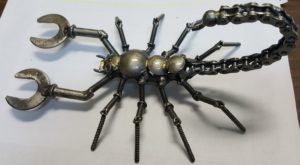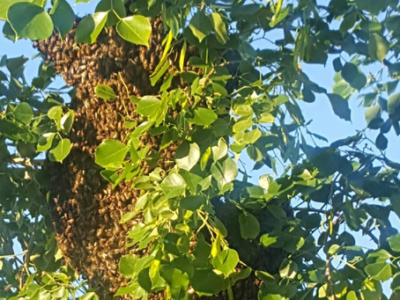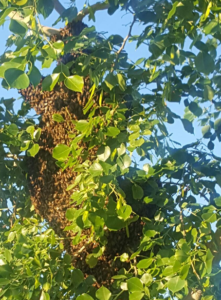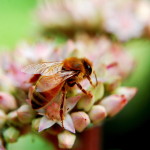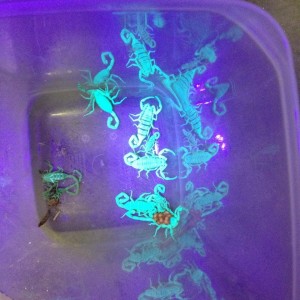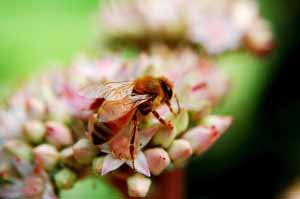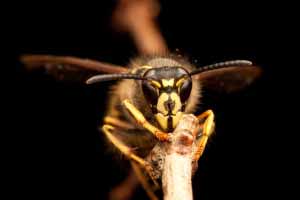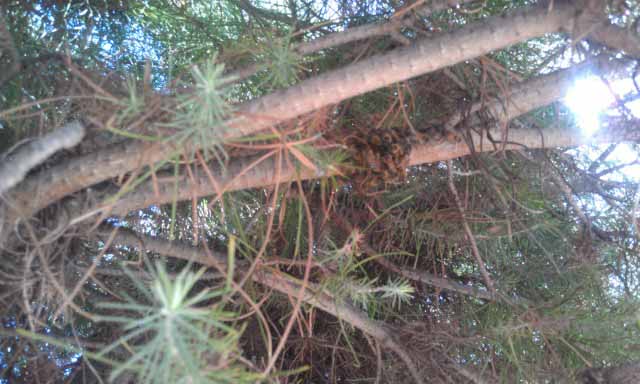Art and pest prevention
So here is the BIG question, are we going to have a cold snap cold enough to freeze the scorpions? Over the last few years we just haven’t had the extreme cold needed to kill them. So this adds to the pressure around your home and if it doesn’t get cold enough none of the prey bugs will die and that gives the scorpions plenty of food.
So what do you do to prevent them from getting into your home?
- Home-seal your house and we are running a special $4 a lineal foot compared to our previous pricing of $6 a foot,
- Pest control to keep their food from going populating crazy.
- Keep harborage areas where they hide down to the lowest possible numbers.
- Don’t store unwanted things in your yard, keep it clean.
- Don’t store wood for to long, use what you need each season.
- Don’t plant vines, bushes or trees next to the home or business.
- As always if you have any questions send us a note at [email protected]


